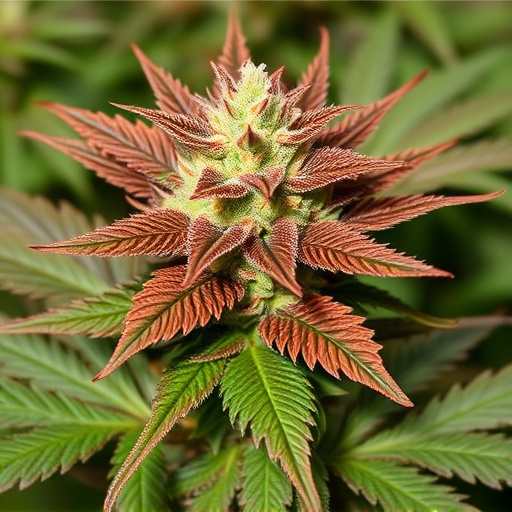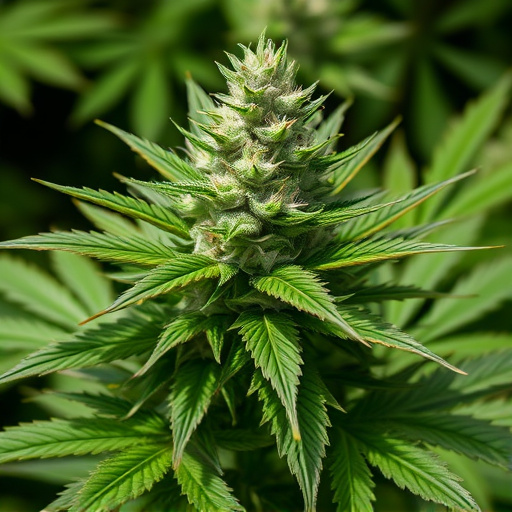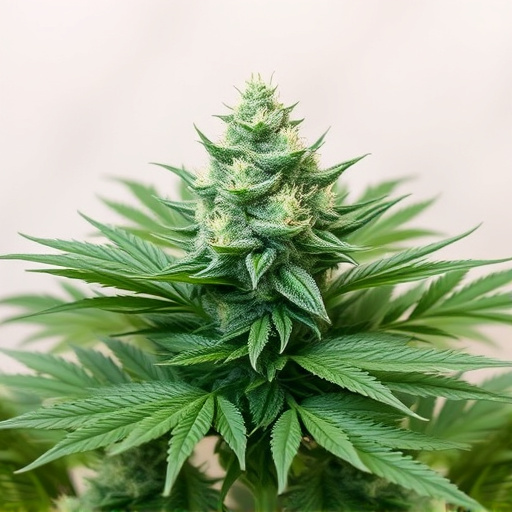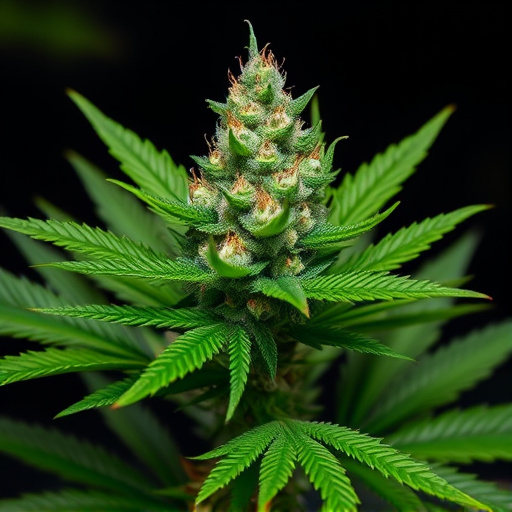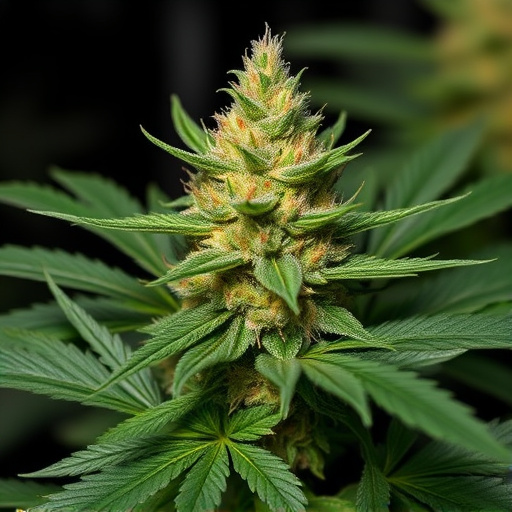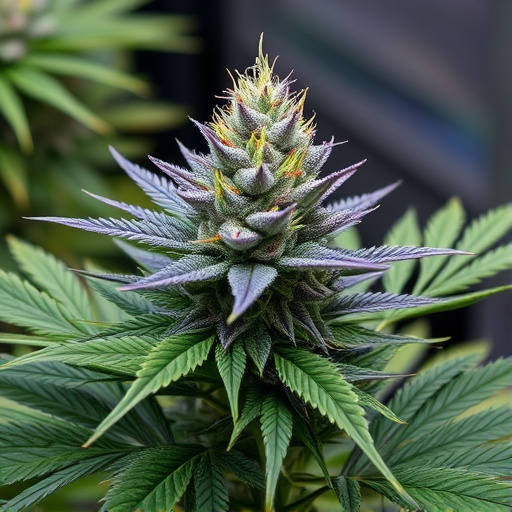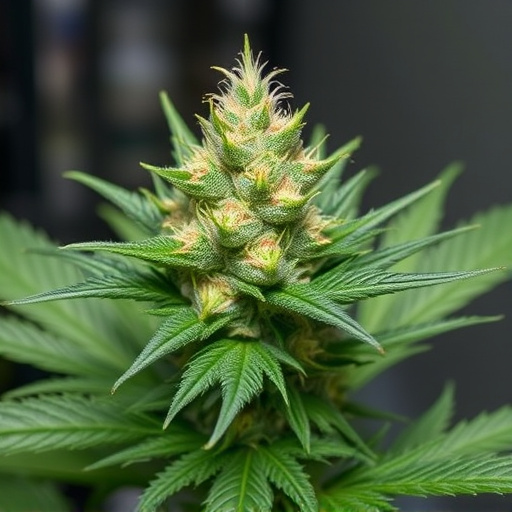The detection time of cannabis in an individual's system varies greatly due to unique metabolic profiles influenced by age, weight, gender, health status, and metabolism rates. The newest strains of cannabis, rich in tetrahydrocannabinol (THC), can extend detection windows as metabolized cannabinoids accumulate in fat tissues. Hydration levels also play a role, with proper hydration expediting elimination and dehydration prolonging the presence of cannabinoids, particularly in higher concentrations found in modern strains. Understanding these factors is crucial for accurately interpreting cannabis test results, especially when considering recent consumption history.
“Uncovering the factors that dictate cannabis detection times is essential for both users and legal authorities. This article explores the intricate web of variables influencing how quickly cannabinoids are detected in an individual’s system. From metabolism and genetic factors to the strain’s potency and consumption methods, every element plays a role. Additionally, we delve into testing methodologies, highlighting the impact of laboratory settings, environmental conditions, and the presence of contaminants on detection accuracy and timelines. Stay informed about these factors, especially with the ever-evolving landscape of cannabis, including the newest strains.”
- Metabolism and Individual Factors
- – Genetic makeup and age impact metabolism
- – Body weight, fat percentage, and water intake influence detection times
Metabolism and Individual Factors
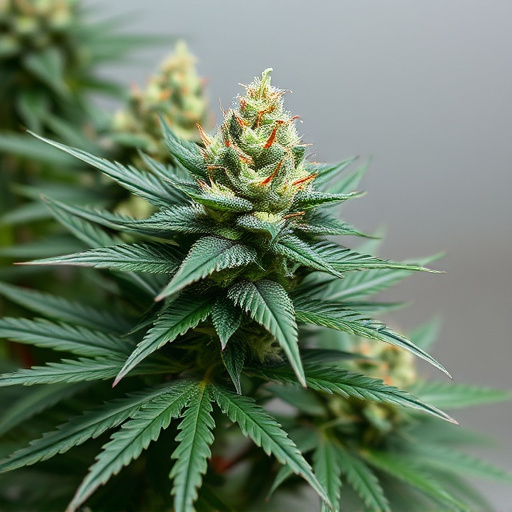
The metabolism and unique physiological characteristics of each individual play a significant role in determining cannabis detection times. Several factors within this realm contribute to variations in drug clearance rates, making it challenging to predict exact timelines for all users. For instance, the newest strains of cannabis often contain elevated levels of tetrahydrocannabinol (THC), the primary psychoactive compound responsible for its intoxicating effects. Higher THC concentrations can extend detection windows, as metabolized cannabinoids persist in the body’s fat tissues and remain detectable for longer periods in heavy users or those with slower metabolism.
Additionally, variables such as age, weight, gender, and general health status influence how quickly the body processes and eliminates cannabis metabolites. Faster metabolism rates tend to result in quicker elimination, while individuals with certain medical conditions or those taking specific medications may experience prolonged detection times due to altered drug metabolism pathways. Understanding these individual factors is crucial for accurate interpretation of cannabis testing results, especially when considering recent consumption history.
– Genetic makeup and age impact metabolism

The metabolism of cannabis, which significantly influences detection times, is influenced by a complex interplay of factors, including an individual’s genetic makeup and age. Every person metabolizes cannabis differently due to variations in their genes. These genetic differences can lead to faster or slower breakdown rates of cannabinoids like THC (tetrahydrocannabinol) in the body. For instance, some individuals may have enzymes that break down THC more efficiently, resulting in shorter detection windows.
Age also plays a crucial role in cannabis metabolism. Younger individuals often have faster metabolisms, which can lead to quicker elimination of cannabinoids from their systems. Conversely, as people age, their metabolic rates tend to slow down, potentially causing cannabinoids to persist for longer periods. This is particularly relevant when considering the growing popularity and accessibility of the newest strains of cannabis, which often contain higher concentrations of THC and other cannabinoids.
– Body weight, fat percentage, and water intake influence detection times
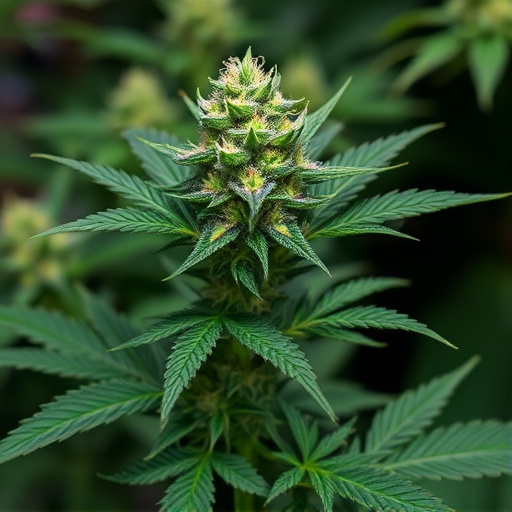
The detection time of cannabis in an individual’s system can vary significantly based on several factors, and understanding these variables is essential for accurate testing. Among these factors, body weight plays a crucial role. Heavier individuals may have longer detection windows due to the greater volume of fat cells in their bodies, which can retain cannabinoids like THC for extended periods. Similarly, fat percentage influences the speed at which cannabis is metabolized; higher fat content often leads to slower elimination, extending the time cannabis remains detectable.
Water intake also acts as a critical variable, as hydration levels directly impact the body’s overall processing of substances. Proper hydration can help flush out cannabinoids more quickly, potentially reducing detection times. Conversely, dehydration might prolong the presence of cannabis in an individual’s system, especially with frequent consumption of the newest strains of cannabis, which often have higher concentrations of THC and other compounds.
Understanding the factors that affect cannabis detection times is crucial for both users and legal authorities. Metabolism plays a significant role, with genetic makeup and age influencing how quickly the body processes cannabis. Body weight, fat percentage, and water intake also contribute to varying detection periods. With the ever-evolving landscape of cannabis consumption and the emergence of newest strains, being aware of these variables ensures accurate testing and effective regulation.
